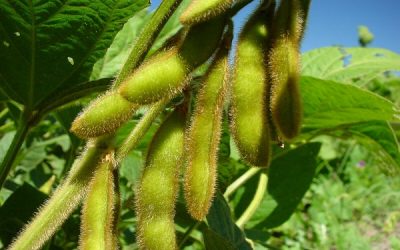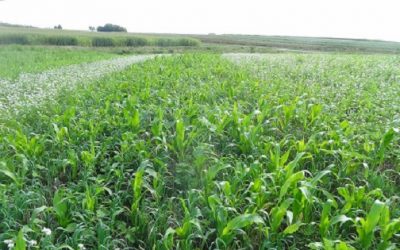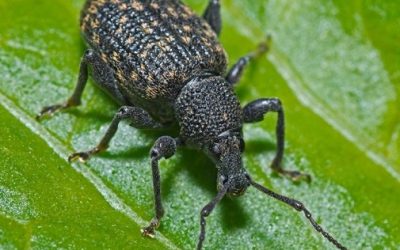Crop rotation keeps the soil productive.

Crop rotation is the practice of growing different crops in turns in various plots on the same field. The farmer demarcates his field into a number of plots and keeps planting different crops in rotation. If this rainy season he plants groundnuts in plot A, he plants them in plot C in the next season and plants beans in plot A and green pepper in plot A the next season and so on and so forth. The idea is to maximise use of the soil by getting as much as possible from it and to confuse the pests that normally thrive on the crops and render them less destructive.
When a crop such as groundnut has been growing on a plot of land some pests that normally attack it begin to accumulate around the area.
However when the groundnuts are harvested and their residues get burned or buried in the ground and a different crop like green pepper with totally different growth habits is planted there, any thriving groundnut pests will have no crop to prey on and they may die off.
Crop rotation breaks up the lifecycle of many pests. Besides that, different crops have varying soil nutrient demands. So the green pepper is likely to make use of the nutrients that were not taken up by the groundnuts. Crop rotation is one good way of controlling pests.
Growing plants with different growth habits alternately facilitates maximum usage of soil resources.
Some crops, particularly legumes, add nutrients such as nitrogen to the soil which means that a farmer keen on sustaining good soil fertility should practice crop rotation by planting nitrogen fixing crops such as beans where non-nitrogen fixing crops such as millet have been growing.
When some crops that are not easy to weed such as millet are made to alternate with easy to weed crops such as beans difficult weeds tend to reduce.
Crop rotation is however not by itself the most efficient method of fighting pests, soil infertility, or increasing crop production. The farmer will still do well to apply fertilisers once in a while and to use pesticides and fungicides.


